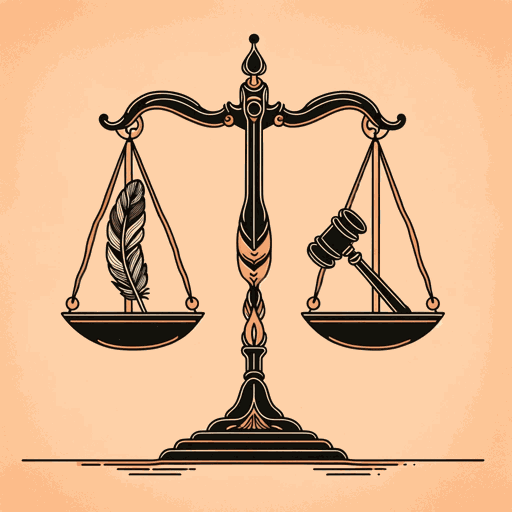42 pages • 1 hour read
Saidiya HartmanWayward Lives, Beautiful Experiments: Intimate Histories of Social Upheaval
Nonfiction | Book | Adult | Published in 1997A modern alternative to SparkNotes and CliffsNotes, SuperSummary offers high-quality Study Guides with detailed chapter summaries and analysis of major themes, characters, and more.
Key Figures
Saidiya Hartman
Saidiya Hartman is a scholar and professor in the Department of English and Comparative Literature at Columbia University. Situated in African American studies, her research covers Black life in the 19th and 20th centuries, including the history of slavery and the trans-Atlantic slave trade. Hartman’s work is interdisciplinary, drawing from fields such as law, literary criticism, history, film, photography, and performance studies.
A great deal of Hartman’s research involves the use of archival material, which includes but is not limited to letters, documents, photographs, records, sketches, and other ephemera. Drawing from such archives, Hartman’s work often aims to tell and centralize the stories of “minor figures.” These would be people neglected in historiographies, such as enslaved people (as in her 1997 book Scenes of Subjection: Terror, Slavery, and Self-Making in Nineteenth-Century America) or poor Black women (as in Wayward Lives).
Ida B. Wells
Ida B. Wells-Barnett (1862-1931) was a well-known activist and journalist whose efforts were directed primarily at combating racial and gender injustice faced by African Americans. Her writings specifically addressed issues such as lynching in the South, civil rights, mob violence, and women’s rights. Her carefully researched publications served the purpose of publicizing the truth of these issues.
As Hartman recounts in Chapter 3 of Wayward Lives, Wells was forcibly removed from a first-class train car in Tennessee in 1883.
Featured Collections
Black History Month Reads
View Collection
Books on U.S. History
View Collection
Feminist Reads
View Collection
LGBTQ Literature
View Collection
National Book Awards Winners & Finalists
View Collection
Popular Study Guides
View Collection
Pride Month Reads
View Collection
Women's Studies
View Collection

